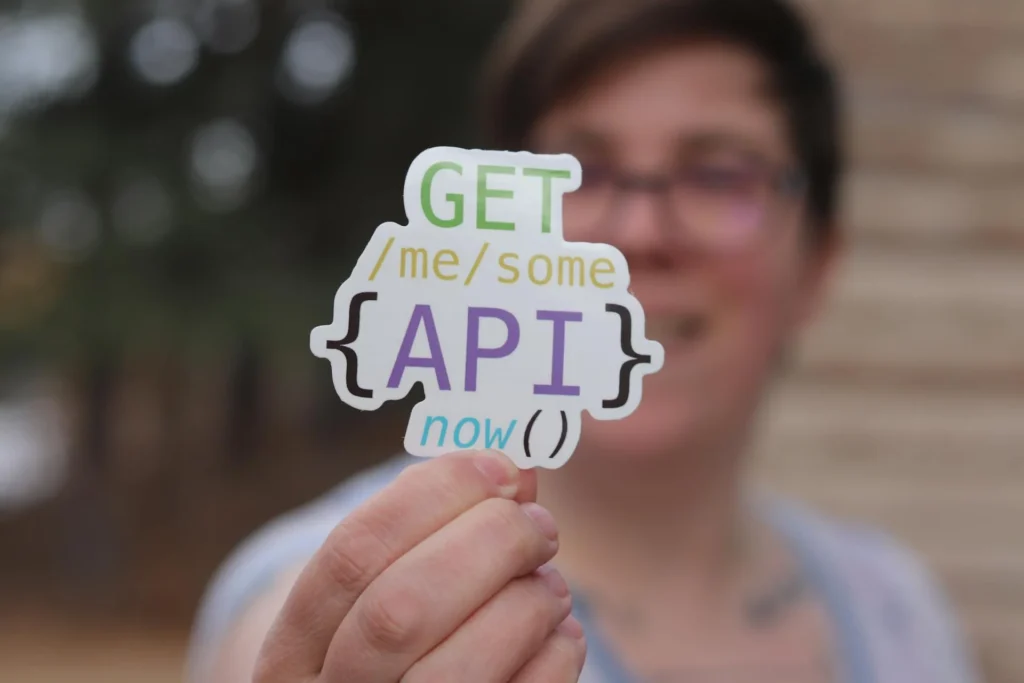The convergence of microfinance and digital technology has fundamentally transformed how financial services reach underserved populations worldwide. As traditional banking systems continue to struggle with serving low-income communities and small-scale entrepreneurs, innovative digital lending platforms have emerged as powerful catalysts for financial inclusion. This technological revolution in microfinance represents more than just digitized processes—it embodies a complete reimagining of how credit, savings, and financial services can be delivered efficiently, affordably, and at scale to previously excluded populations.
Digital lending platforms are breaking down geographical barriers and reducing operational costs that have historically made serving low-income borrowers unprofitable for traditional financial institutions. Through sophisticated algorithms, mobile technology, and alternative credit scoring mechanisms, these platforms are creating new pathways to financial accessibility while maintaining the core mission of microfinance: empowering individuals and communities through access to capital.
The global microfinance technology market has experienced unprecedented growth, with digital lending platforms processing billions of dollars in loans annually. This surge reflects not only technological advancement but also a growing recognition that artificial intelligence, machine learning, and data analytics can solve longstanding challenges in credit assessment, risk management, and customer service delivery in underserved markets.
Market Context and Current Landscape
The digital transformation of microfinance has created a dynamic ecosystem where technology companies, traditional microfinance institutions, and fintech startups collaborate to expand financial accessibility. Current market dynamics reveal a sector experiencing rapid consolidation and innovation, with major players investing heavily in artificial intelligence capabilities and mobile-first platforms designed for emerging market conditions.
Mobile penetration rates exceeding 70% in many developing countries have created unprecedented opportunities for digital financial service delivery. Smartphone adoption, coupled with improving internet infrastructure, has enabled microfinance technology platforms to reach rural and urban underserved populations with sophisticated financial products previously available only to affluent customers of traditional banks.
Data analytics and machine learning algorithms have become central to modern microfinance operations, enabling platforms to process loan applications in minutes rather than weeks. These technological capabilities allow for real-time risk assessment, personalized lending terms, and automated decision-making processes that significantly reduce operational costs while improving customer experience.
The competitive landscape includes established microfinance institutions transitioning to digital platforms, pure-play fintech companies focused on emerging markets, and large technology corporations expanding into financial services. This diversity has accelerated innovation while creating challenges around regulation, consumer protection, and market standardization.
Regulatory environments across different jurisdictions are evolving to accommodate digital lending innovations while maintaining consumer protections. Countries like Kenya, India, and Nigeria have emerged as testing grounds for regulatory sandbox approaches that allow fintech companies to experiment with new models under relaxed regulatory constraints.
Investment patterns indicate strong confidence in the sector’s growth potential, with venture capital funding for microfinance technology platforms reaching record levels. International development organizations, impact investors, and commercial investors are increasingly viewing digital microfinance as both a profitable business opportunity and an effective tool for poverty alleviation and economic development.
Historical Evolution and Technological Foundations
The journey from traditional microfinance to today’s sophisticated digital lending platforms represents a remarkable evolution spanning over five decades. Understanding this progression provides crucial context for appreciating current innovations and predicting future developments in financial accessibility solutions.
Traditional microfinance, pioneered by institutions like Grameen Bank in the 1970s, relied heavily on group lending models and face-to-face interactions between loan officers and borrowers. While revolutionary in its approach to serving the unbanked, this model faced inherent scalability limitations due to high operational costs, geographical constraints, and time-intensive manual processes for loan origination and collection.
The first wave of technological integration began in the late 1990s with basic management information systems and computerized record-keeping. These early innovations primarily focused on internal operations rather than customer-facing services, helping microfinance institutions manage larger portfolios more efficiently but not fundamentally changing how borrowers accessed services.
Mobile money platforms, particularly M-Pesa’s successful launch in Kenya in 2007, demonstrated the transformative potential of mobile technology for financial services in developing markets. This breakthrough showed that sophisticated financial transactions could occur via basic mobile phones, laying the groundwork for more advanced digital lending solutions.
Artificial Intelligence and Machine Learning Integration
The integration of artificial intelligence into microfinance operations has addressed several critical challenges that limited the effectiveness of traditional approaches. Machine learning algorithms can now analyze vast amounts of alternative data—including mobile phone usage patterns, social media activity, and transaction histories—to create credit scores for individuals with no formal credit history.
Natural language processing capabilities enable platforms to offer customer service in multiple local languages, breaking down communication barriers that previously limited access to financial services. These AI-powered chatbots and voice assistants can handle routine inquiries, loan applications, and payment reminders, significantly reducing operational costs while improving customer experience.
Predictive analytics help identify borrowers at risk of default, enabling proactive interventions that protect both lenders and borrowers. These systems can suggest modified payment schedules, provide financial education resources, or offer emergency support programs before loan performance deteriorates.
Blockchain and Distributed Ledger Technologies
Blockchain technology is beginning to address transparency and trust issues in microfinance by creating immutable records of transactions and loan performance. Smart contracts automate many aspects of loan management, from disbursement based on predetermined conditions to automatic repayment collection linked to income verification systems.
Decentralized finance (DeFi) protocols are experimenting with peer-to-peer lending models that could eliminate traditional intermediaries, potentially reducing costs and expanding access to capital. However, regulatory uncertainty and technical complexity currently limit widespread adoption of blockchain-based microfinance solutions.
Expert Analysis and Current Market Implications
Industry experts consistently highlight the transformative impact of digital lending platforms on financial inclusion metrics, with particular emphasis on their ability to serve previously invisible populations. Credit scoring innovations using alternative data sources have proven especially significant, with platforms reporting success in accurately assessing creditworthiness for borrowers with no traditional credit history.
Risk management capabilities have evolved substantially through the integration of real-time data analytics and machine learning models. These systems continuously monitor borrower behavior, economic conditions, and market trends to adjust lending parameters dynamically. The result is more precise risk pricing that can offer competitive rates to low-risk borrowers while appropriately pricing higher-risk loans.
Operational efficiency gains from automation and digital processes have enabled microfinance institutions to reduce their cost of capital significantly. Many platforms report reducing loan processing times from weeks to minutes while cutting operational costs by 50-70% compared to traditional brick-and-mortar models. These efficiency improvements directly translate into better terms for borrowers and improved sustainability for lenders.
Financial Inclusion Impact Assessment
Data from major digital lending platforms reveals impressive reach into previously underserved demographics. Women borrowers, who historically faced greater barriers to accessing formal financial services, represent 60-80% of customers on many platforms. Rural populations, previously excluded due to geographical constraints, now access credit and savings products through mobile applications.
Cross-border remittances and international transfers have become more accessible through digital platforms, enabling migrant workers to support families while building credit histories in multiple countries. This connectivity has created new opportunities for diaspora-funded microenterprise development and family financial planning across borders.
Small business lending has experienced particular innovation, with platforms developing specialized products for different sectors including agriculture, retail, and services. Supply chain financing solutions connect small businesses to larger corporate buyers, creating more stable income streams that support better loan performance.
Regulatory and Compliance Considerations
The rapid evolution of digital lending platforms has outpaced regulatory frameworks in many jurisdictions, creating both opportunities and risks. Regulators are grappling with how to maintain consumer protections while allowing innovation to flourish, leading to varied approaches across different markets.
Data privacy and security concerns have become paramount as platforms collect and analyze increasingly detailed information about borrowers’ financial behavior, location patterns, and social connections. Compliance with data protection regulations while maintaining the alternative data advantages that enable effective credit scoring presents ongoing challenges.
Interest rate regulation and usury laws designed for traditional lending models sometimes create unintended consequences for digital platforms, potentially limiting access to credit for higher-risk borrowers who benefit from microfinance services. Regulatory adaptation to reflect the unique characteristics of digital microfinance continues to evolve.
Consumer protection measures must address new risks associated with algorithmic decision-making, including potential bias in credit scoring models and the need for transparent explanation of automated lending decisions. Platforms are investing in explainable AI technologies to meet these regulatory requirements while maintaining operational efficiency.
Future Outlook and Strategic Recommendations
The trajectory of microfinance technology points toward increasingly sophisticated, personalized, and integrated financial services ecos



